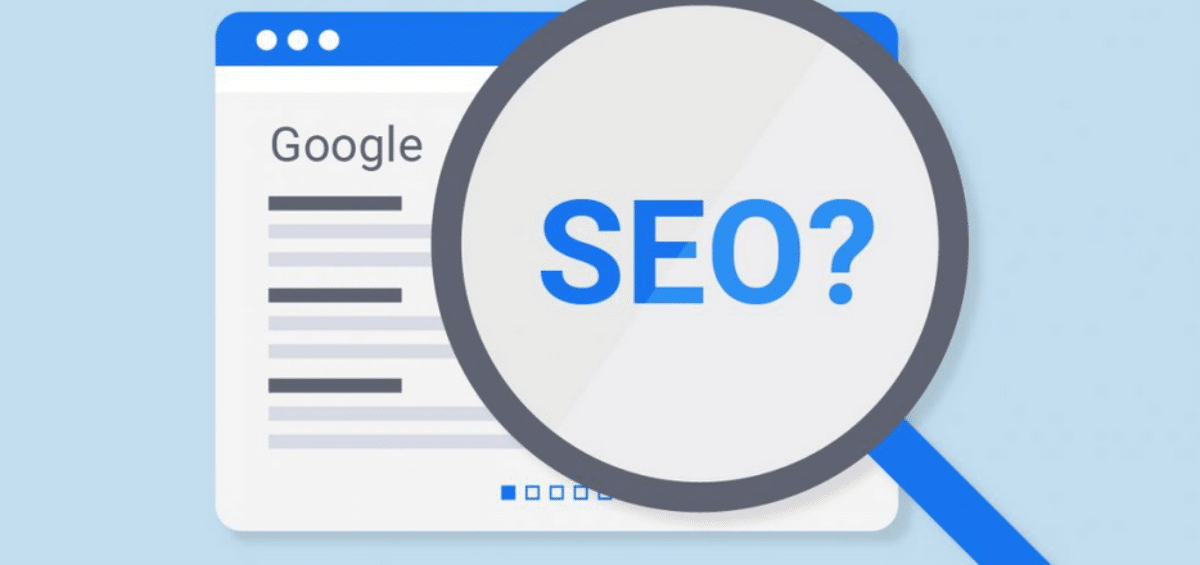-

Blogs for SEO – Content is King
Yes, indeed content ruled the world as the tech giant prophesied it. But we have to realize that there is no king without the kingmaker called SEO. Over the years, the SEO experts accustomed to staying updated with Google algorithm updates and strategizing their blogs for SEO strategy. So that they can stay ahead of the curve with the competitors.
This means we have to implement the best SEO strategies to deal with the competitors.
We have the king and the kingmaker. If the king wants to rule the digital world he needs soldiers, doesn’t he? Soldiers are ‘Keywords’.
Optimizing your website for the target keywords will drive huge traffic to your website, thus leads and prospects to sell your services and products. Blog content is a great way to use niche-related keywords and build your brand.

What is a Blog and Why Blog Content is Important?
Blogs for SEO is a form of personal website that can be run by an individual or an organization. A blog may have connections to other areas of a website, such as a gallery or more articles or a service page or a product page.
The primary goal of a blog is to disseminate one’s knowledge and experiences to the rest of the world. As previously mentioned, blogs may be used to impart knowledge and information as well as to express opinions and offer connections.
Blogging has shown to be quite beneficial to internet marketers, and as a result, bloggers are now playing a greater part in the online marketing world.
Blogging enables a company to create an internet presence, disseminate information about their products and services, and interact with their consumers, thus improving the user experience.
By increasing the number of visitors to your website, you may utilize your blog as a marketing tool. However, blogs, like any other tool, optimize your blog posts to rank higher. Thus, it provides exposure for your business that makes it lucrative.
How to optimize blogs for SEO?
Google is a smart engine and uses Natural Language Processing to rank websites. Means, google loves great content that attracts readers’ engagement rather than writing for the algorithm. Readers’ engagement falls when you do keyword stuffing and it dilutes the quality of the content.
There are seven things you have to take care of while writing a blog post.
- Choosing Keywords
- Title tag
- Meta Description
- Internal Links
- Media
- Headers
- Content
Choosing Keywords
Because of the fierce competition for organic search results, picking SEO keywords is a time-consuming procedure. The importance of keyword selection, correct tags, and keyword density become even more apparent for companies.
A lot of people employ long-tail keywords since they don’t need to be exposed to your primary keywords. This makes them extremely competitive. However, in order to uncover chances for high-quality traffic, further keyword research is required for long-tail keywords.
A long-term relationship with the user means that firms opting for an off-page SEO plan can benefit greatly from this approach.
Keywords may be divided into two categories: long-tail keywords and short-tail keywords. Long-tail keywords have less competition than short-tail keywords.
There is a general rule that the more competition there is for a long-tail keyword, the better result you’ll receive because long-tail keywords are discovered more slowly, resulting in more focused traffic for your site.
Long-tails, on the other hand, have a reduced degree of competition and are utilised by blogs for SEO, online directories, and the likes since search engines often do not notice.
Search engine spiders will find your website faster if it has a lot of keywords on it. However, this also has a drawback in that the same term will signify different things to other people.
Because of the high keyword density, your website’s ‘news’ page may be mistaken for a ‘click here website.
Untrustworthy marketers frequently employ hidden keywords in their advertorials and on other websites without exposing them, further complicating issues. This is referred to as keyword stuffing, and it has resulted in many SEO firms losing their clients as a result of the penalties.
Despite the fact that keyword stuffing does not automatically result in your website being blocked, you should avoid it at all costs. As a result, the search engines will devalue your site and perhaps label it as spam.
You’ll drop in the rankings as a result, and your potential consumers won’t be able to locate you as easily. To make matters worse, many unethical advertisers these days utilise ghost domains to fool search engines into thinking they are real websites.
There are several great keyword tools on the market now that may help you find appropriate high-density keywords, but it is still vital to be able to choose phrases that are likely to create actual traffic.
Using Google’s keyword planner is a great approach to get started.
Title
The majority of people who write blog posts do not understand the significance of optimizing the title of their blog post. Using a catchy title like this can entice people to click through and read the rest of the content.
If your title doesn’t capture the interest of a reader right away, they will probably click to another more relevant web page instead of reading your blog article. After reading your post, if nobody clicks on your links or remains engaged, you will receive no traffic or money.
So, how can you appropriately optimize a blog’s title? Using long-tail keywords as the first words in your title might help you capture the attention of your audience.
If you use long-tail keywords, search engines will give your site a boost in the rankings. Using keywords in your title will also help your article appear in a reader’s search results, as search engines frequently list web pages based on keywords.
Another thing you can do to improve your blog’s title is to make sure you have outstanding content. A well-written piece will have a greater impact on readers. Keep the information fresh and relevant.
If your content is informative, readers are more inclined to stick with it.
Meta Description
The first three or four words of a Meta Description are very important to search engines. These words will be used by search engines to determine the popularity of a site and its content, which is critical for those who want their site to appear near the top of search results.
Ideally, a good Meta-Description will include a few keywords and be somehow related to the content. It’s best to use relevant keywords and descriptions because search engines won’t list pages that don’t have any relevance to the keyword.
Internal links
Internal links have a significant impact on how well a site ranks in search engine rankings. Internal links are more valuable than external links in Google’s ranking algorithms.
External links from high-PR websites have a greater impact on search engine rankings than internal links.
When it comes to link-building tactics for your blog, however, you must carefully examine which internal and external links you should establish in order to get high rankings.
Creating internal links from high-ranking websites to your blog is a smart internal link strategy for your blog. This can be accomplished by locating other blogs with high PR that are related to yours.
Then, on your website’s appropriate page, you can link to them by creating an internal link from your own blog. This will make the reader feel as if they are reading another post on the same subject from someone who is well-known in their field.
It also lets the reader know that you’ve done your homework and know a lot about your subject, so they’ll respect your efforts and pay attention to your recommendations.
Another technique you may employ in your blog articles is to use anchor text links strategically inside the body of the piece. Anchor text links are links to your page from specific keywords that search engine bots can track and count as a vote.
If a google crawler notices a large number of links from a specific term, it will give your page a higher ranking and allow it to appear towards the top of search results. This method can help you boost the number of people who see your content and the amount of traffic your site receives via links.
Media – Images
To begin, keep in mind that an image is one of the most essential components of a website, and optimise your blog for images. Many individuals don’t know that your site’s appearance may have a significant influence on its ranking in search engine results.
The reason for this is that images are indexed much faster than any other type of content, so you should put a lot of effort into optimizing your blog for images. Include keywords in the alt text and caption of the image as a way to improve your blog’s SEO.
A good place to start is by understanding the importance of photos on your website and how to make your blog image-optimized. Many individuals are unaware that your site’s appearance may have a significant influence on its search engine rating.
You should focus on optimizing your blog for images because they are indexed far faster than any other form of content. If you want to make your blog images more SEO-friendly, try including relevant keywords in the alt text and description of the pictures you use.
Headers
The purpose of the header is to make it easily noticeable to the search engine spiders when they are crawling your website. A well-chosen header can be the key factor to get your website easily crawled and listed in the search results.
To help your visitors know more about your business, you can include important keywords. Keywords are essential to be included in your header, along with the address of the web site.
The inclusion of keywords in the header is one of the most important SEO tricks for the internet marketing business.
Content
You may think of how to optimize blog content for readers? It is always important that you keep your blog up to date. By keeping it updated, you ensure that it always remains interesting and that the interest level remains high among your readers. You can also upload new pictures and write new articles regularly to ensure that you keep your blog alive and dynamic.
Create content based on the search intent of the keyword. If the reader doesn’t find what he is looking for in your blog, he won’t engage with the blog post and it will increase the bounce rate.
To optimize your blog for search intent you can analyze and find the search queries in google search engine.
Final words
Blogging is a great way to engage with your customer and build your brand along the way. Blogging has the great potential to drive massive traffic to websites if you use SEO principles correctly. Implement this content marketing strategy to reap the rewards and don’t forget to share this with whoever wants to know this.